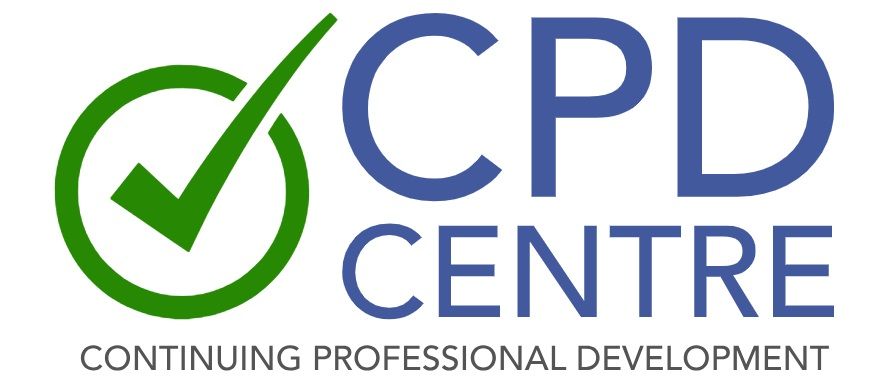Why is CPD mandatory in Australia?
In Australia, many professions must complete CPD because it:
-
Protects the public: ensures safe, current, evidence‑based practice.
-
Maintains competence: skills keep pace with laws, standards, and technology.
-
Builds trust: shows clients and the community that professionals are accountable.
-
Supports mobility: standardised development makes it easier to work across regions and roles.
Who sets CPD requirements?
Requirements are set by regulators and professional bodies. Examples include national boards and councils (e.g., health, legal, education, engineering, accounting) and state/territory authorities (e.g., NSW licensing for certain trades).
Important: rules vary by profession and jurisdiction—hours/points, mandatory topics, audit rates, and reporting methods differ. Always check the latest guidance for your profession.
How CPD typically works (points, categories, evidence)
While every regulator is different, common elements include:
-
Annual or triennial cycle: you complete CPD within a set timeframe.
-
Points or hours: a total target (e.g., 10–50) with caps/minimums by activity type.
-
Categories: e.g., technical/clinical, non‑technical (ethics, communication, leadership), safety/risk, cultural capability.
-
Mandatory topics: some professions require specific hours in set areas.
-
Evidence: keep records—certificates, agendas, notes, reflections, outcomes.
-
Audit: you may be asked to demonstrate your CPD at renewal.
Benefits of CPD—for you and your organisation
-
Better outcomes: improved client safety and satisfaction.
-
Career growth: credentials, promotions, higher‑value roles.
-
Compliance confidence: avoid renewal issues or penalties.
-
Resilience & wellbeing: structured learning reduces stress and uncertainty.
-
Reputation: signals quality to clients, employers, and peers.
Plan your CPD year in 6 simple steps
-
Set goals aligned to your role, risks, and career path.
-
Map requirements (points, categories, mandatory topics, cycle dates).
-
Build a plan mixing formats—webinars, workshops, mentoring, case reviews.
-
Schedule quarterly checkpoints so you don’t cram at year‑end.
-
Reflect on each activity: What changed in your practice? What’s next?
-
Store evidence in one place (certificates, notes, reflections, outcomes).
Tip: CPD Centre’s CPD Home makes planning, tracking and evidencing your CPD simple—set goals, log activities, store proof, and export a compliant report in seconds.
How to record CPD (so you pass an audit)
-
Log each activity with: date, provider, title, duration/points, category, learning objectives, and reflection (how it changed your practice).
-
Attach evidence: certificates, slides, program agendas, meeting notes.
-
Link to risks/standards when relevant (e.g., safety, ethics).
-
Export a report at renewal time that matches your regulator’s format.
Free vs paid CPD: what can you claim?
-
Free: webinars, journal clubs, peer learning, podcasts with reflective notes, standards updates, vendor workshops (ensure independence/quality).
-
Paid: accredited courses, conferences, qualifications, micro‑credentials.
-
Claiming: many regulators accept both—what matters is learning value, relevance, and evidence. Always check your profession’s rules.
Common CPD mistakes (and how to avoid them)
-
Leaving it to the last month → plan quarterly and auto‑remind.
-
Collecting certificates without reflection → add a brief “practice impact” note.
-
Wrong categories or caps → check your body’s rules before logging.
-
Vendor‑only learning → balance with independent, evidence‑based sources.
-
No audit trail → store proof and export reports from one system.
FAQs
1) What is CPD in Australia?
It’s ongoing professional learning that many Australian regulators require to protect the public and maintain competence. Activities may be measured in hours or points and must be recorded with evidence and reflection.
2) Is CPD mandatory in Australia?
Yes—for many regulated professions. The exact rules (how many hours, which topics, audit rate) depend on your profession and jurisdiction.
3) How many CPD points do I need?
It varies by profession and sometimes by specialty or role. Check your regulator’s latest guidance for exact numbers and category splits.
4) What counts as CPD?
Formal courses, workshops, webinars, peer learning, case reviews, mentoring, reflective journals, conferences, micro‑credentials—provided they’re relevant and you can evidence the learning.
5) Do on‑the‑job activities count?
Often yes, if you structure the learning, reflect on outcomes, and your regulator recognises that activity type. Document it properly.
6) What is a CPD Home?
A CPD Home is a platform that helps you plan, complete, and prove CPD to your regulator—setting goals, tracking points, storing evidence, and generating audit‑ready reports.
7) Can CPD be claimed for tax purposes?
Some professionals may claim relevant self‑education expenses. Seek tax advice for your circumstances and profession.


